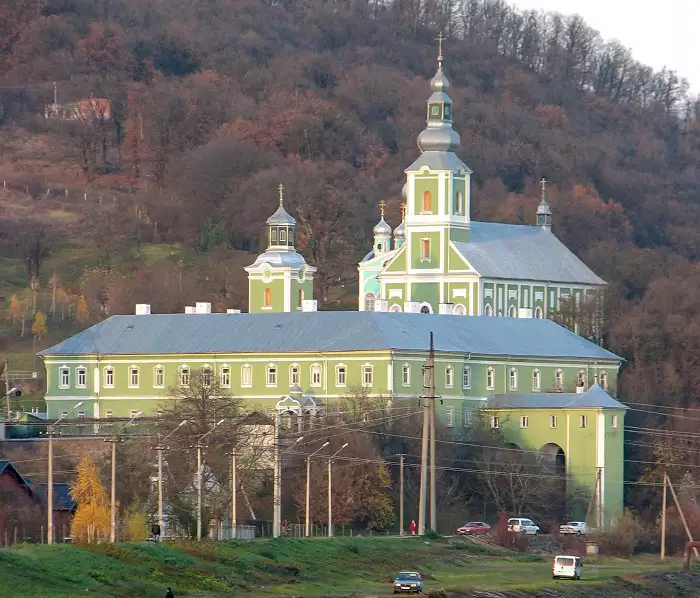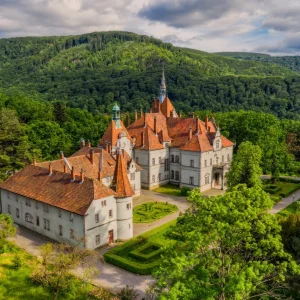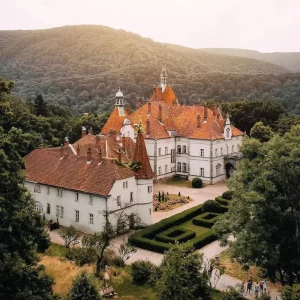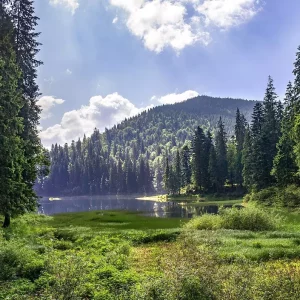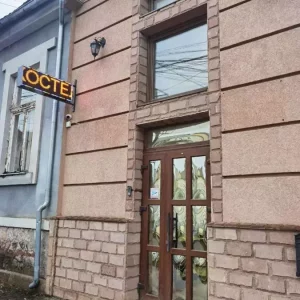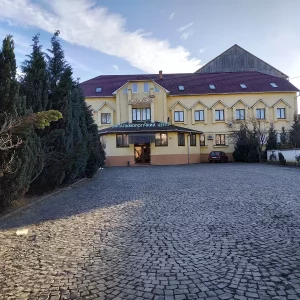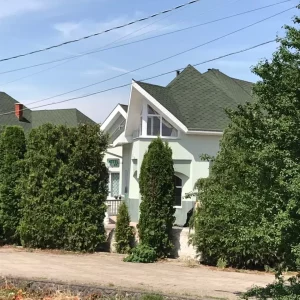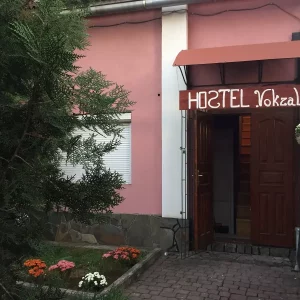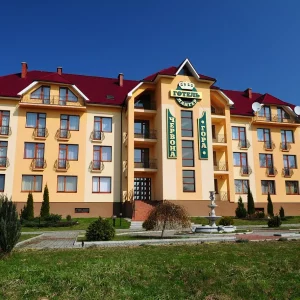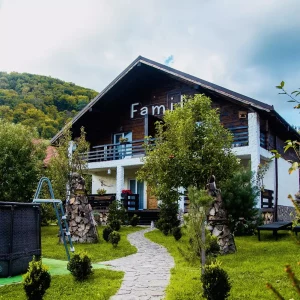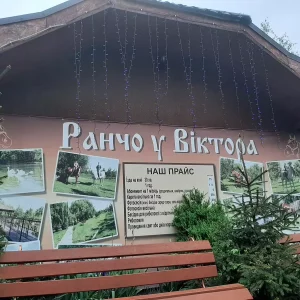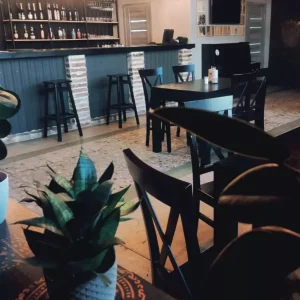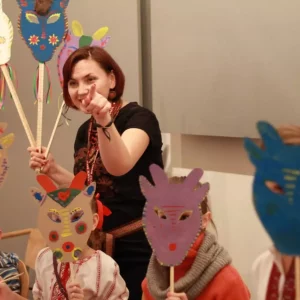According to legend, Anastasia, the daughter of Yaroslav the Wise, was involved in the foundation of the monastery. In the distant XI century, she travelled through our region with her retinue to visit her husband, King Endre I of Hungary.
Historical sources confirm the fact that at the end of the XIV century, Prince Fedir Koryatovych rebuilt the existing monastery and built a wooden church here. According to legend, once, while hunting, Prince Fedir Koryatovych was attacked by a predatory animal. The prince prayed to God to save him, and in return he vowed to build a monastery. Immediately after the prayer, the prince escaped from the clutches of the beast and fled. Fedor Koryatovich did not forget his vow and indeed built a monastery on the same spot where he fought the ferocious beast.
In 1491, the monastery of St Nicholas in Mukachevo became the residence of an Orthodox bishop. After the adoption of the Uzhhorod Greek Catholic Union in 1646, St Nicholas Monastery played an important role in promoting Uniatism. In 1751, the Basilians took possession of the monastery complex. In St Nicholas Monastery, the Basilians managed to collect a huge number of old prints and ancient manuscripts. In addition, the monastery kept its own chronicle.
After the inclusion of Transcarpathia he valuable library of the monastery was confiscated by the Soviet authorities and transferred to the newly opened Uzhhorod State University. In addition, in 1947, the monastery itself was taken away from the Basilians and transferred to Orthodox nuns. The Basilian monks, who numbered 33 at the time, were forced to leave the monastery. The Soviet authorities allowed each monk to take only one plate, spoon and pillow from the monastery.
From its foundation until 1661, all the buildings of the monastery were wooden, and in 1661 a stone rotunda was built here (the author of the project was S. Pianens). Unfortunately, the building was dismantled in the XIX century.
Today, the monastery has the following historical and architectural monuments:
- St Nicholas Church in the style of classicism (1789-1804);
- Baroque two-storey cells (1766-1772);
- Baroque fence with towers (XVII century);
- old distillery.
The Church of St Nicholas contains examples of sacred painting of the XIX-XX centuries. The church also houses the grave of the monastery’s builder, Dmytro Ratz (1710-1782).
